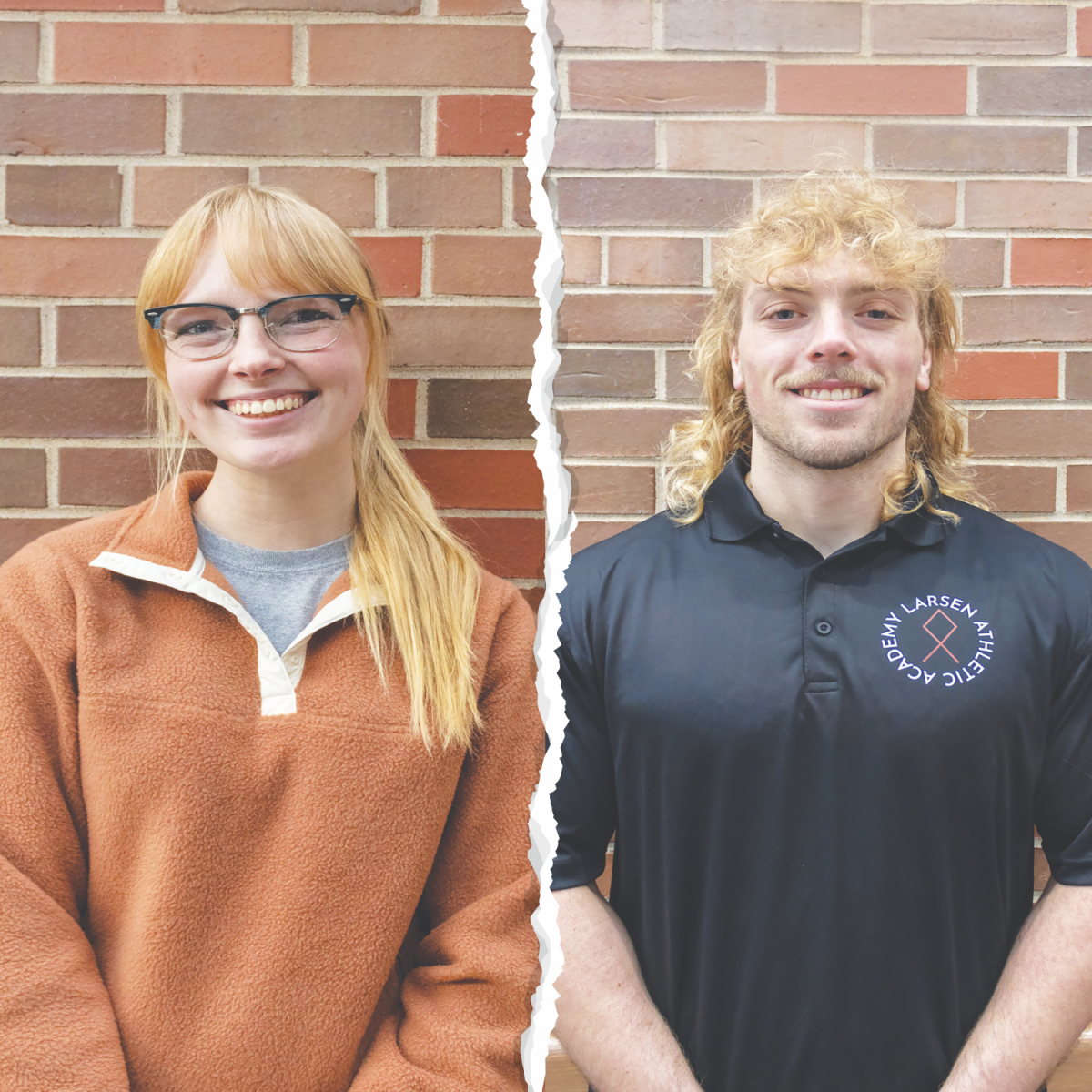Do we dare to dream?
April 25, 2018
It is “Dead Week.” — I know, right? This is the week where students around campus — resembling a Zombie Apocalypse are briefly relieved by long awaited warm weather and tempted to bask outside forsaking the papers, projects and final exams. This is hardly the time for a provocative column with physiology included, but here we go.
Because, we need to talk.
In January, I introduced this forum on global health and human dignity for the Neihardt Scholars, with a reflection of the 50th anniversary of the assassination of MLK Jr. Daring us to carry on his dream for equity and human dignity, student columns addressed some of the disparities of health and dignity in our society and world. Some discussed the way we marginalize and stigmatize aging, mental health and ethnicity. Others exposed the shameful targeted marketing of unhealthy foods, tobacco and alcohol to vulnerable persons, and how poor neighborhoods become “food deserts” as grocers prefer more fashionable and profitable neighborhoods for their businesses.
In closing this column, and daring to dream, I include these photos as way of bookending the semester. Depending on whom you are currently hanging with, reactions to the photos might range from patriotic indignation to passionate protest, visceral anger to grief, or even silence.
Rallying sometimes strongly held opinions, these photos may provoke divisions. Which is exactly my point.
We need to talk.
Let me cut to the chase and try to connect the dots of dignity, discrimination, physiology, health, and the need to talk, with some facts. Globally, hypertension is the leading cause of morbidity and mortality, and is largely associated with “risks of affluence” i.e., too much food, salt, sugar and too little exercise. However, two-thirds of the burden of hypertension occurs in the developing world and is more prevalent amongst the poor and marginalized in the USA.
We need to talk.
British health scientist Gary Egger, MPH Ph.D., proposes the idea of identifying some unifying cause of non-communicable diseases, which includes hypertension. One paper longs for a “germ theory” of sorts, to focus interventions and targets for prevention much as vaccinations and antibiotics have successfully addressed infectious diseases. Recent scientific studies implicate the role of chronic inflammation as the proximal cause of most non-communicable diseases. Egger calls this ‘metaflammation’ and refers to contributing biological and social stresses causing this inflammation as “anthropogens”.
He minces no words. The root cause of most chronic diseases is fundamentally social rather than biological.
Back to the pictures. Why in the world would the men in those photos put themselves “out there” exposing themselves, their reputations, and the safety of their loved ones, if they weren’t standing up (or kneeling) because of a serious problem?
What if they were taking a stand or taking a knee precisely to ‘get us talking’?
I think these brave men are demonstrating a dignified appeal to recognize that there is disparity, discrimination, bias and racism in our country and world.
These are precisely the kinds of “anthropogens” that affect the health of many people in our society and world. I think these brave men are making an appeal for us to talk.
Not for winning arguments, but for understanding. It is time. It is long overdue. We need to talk. And more importantly, we need to start listening.






